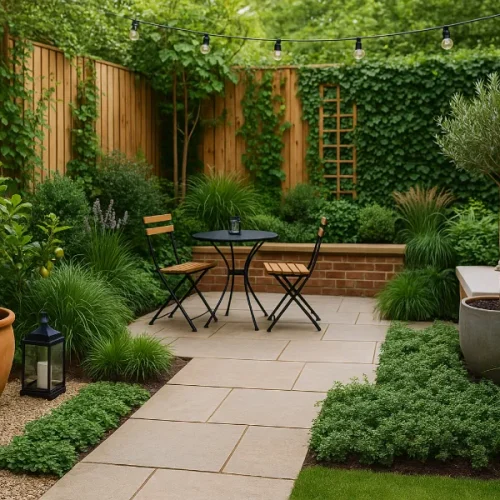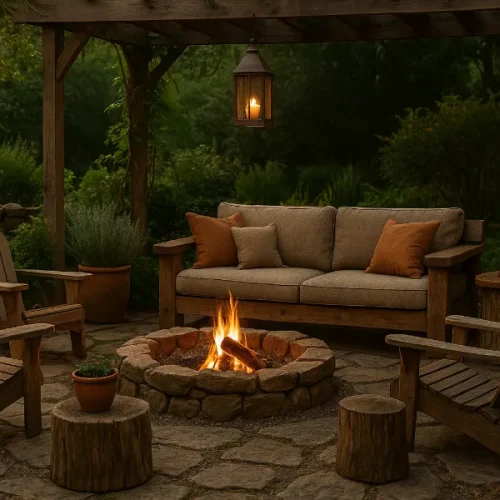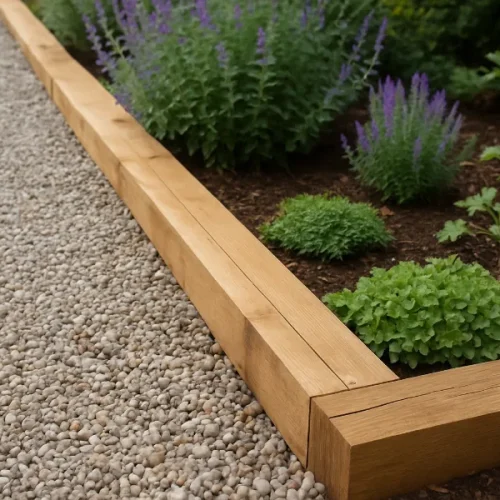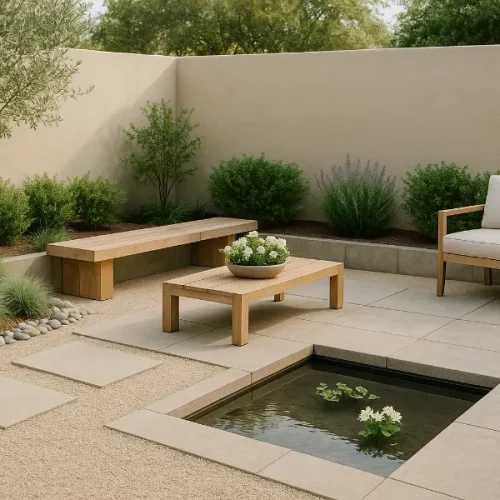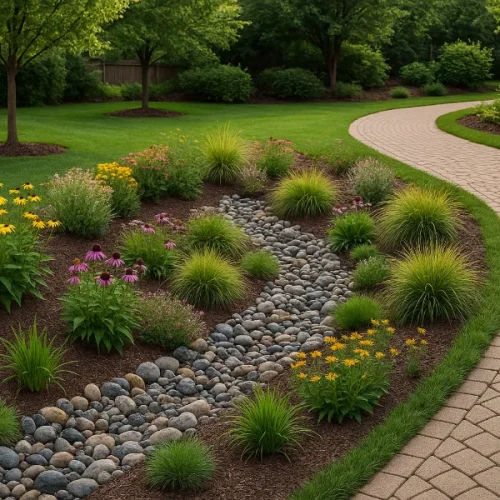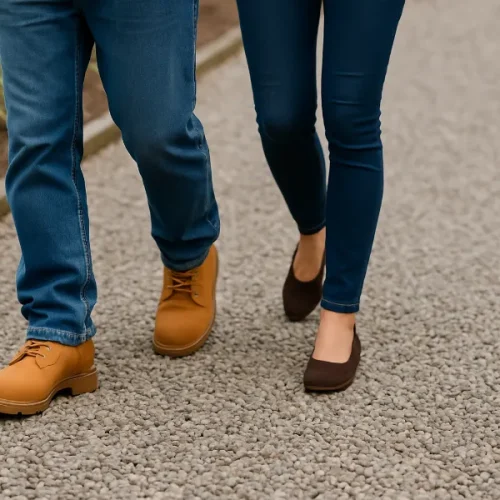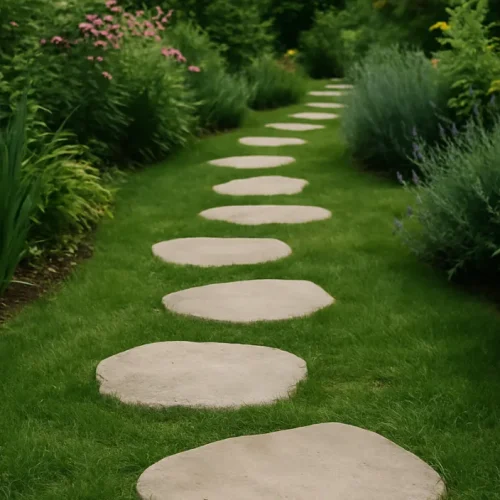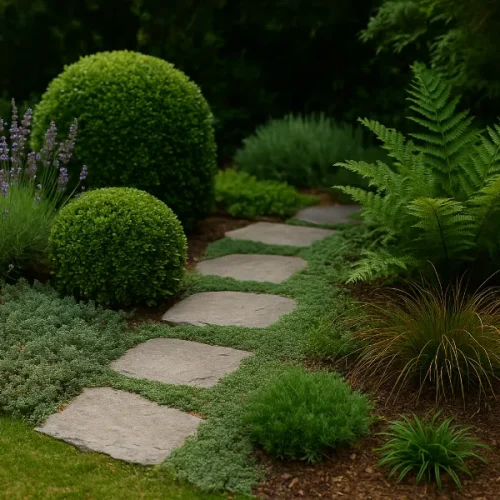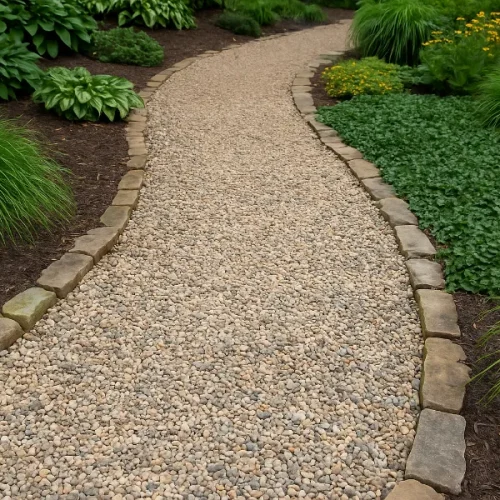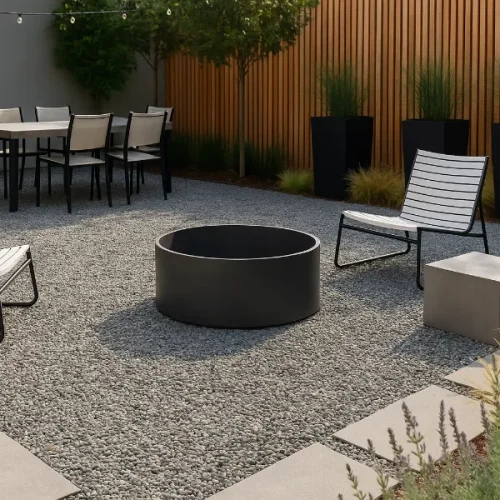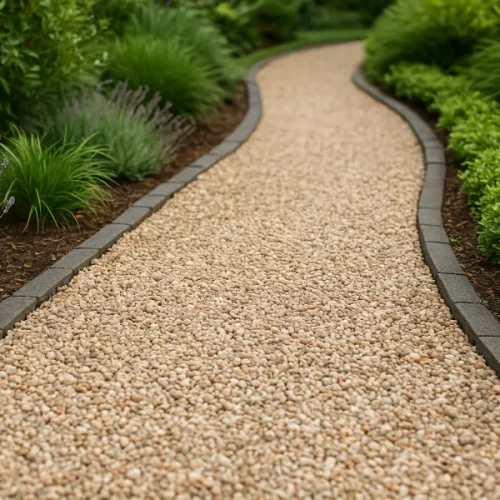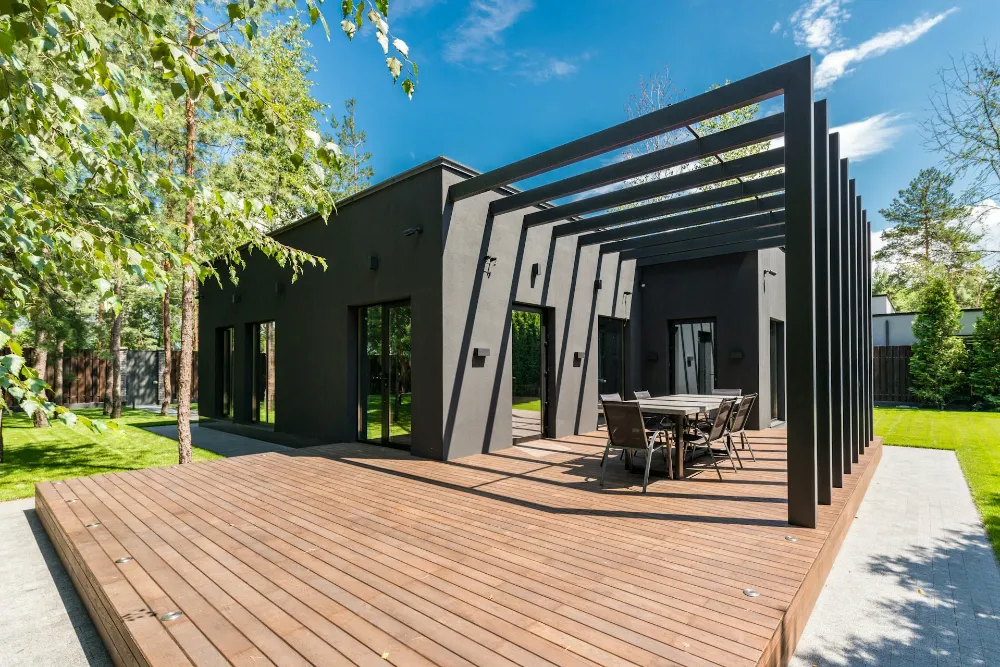
Many homeowners put time and effort into planting trees, shrubs, and flowers, yet something about their backyard still feels incomplete. The space may look green but not functional. Without structure, it can be hard to host guests, relax in comfort, or enjoy the outdoors throughout the year. Features like patios, pergolas, and fire pits can also increase property value.
Outdoor elements give definition, creating zones for dining, entertaining, and quiet relaxation. If you want your backyard to feel like an extension of your home, structures are often the missing piece.
Why Structures Give Purpose to Outdoor Spaces
Outdoor structures do more than fill empty space. They create clear boundaries and help separate one area of the yard from another. For example, a deck signals where guests can gather, while a pergola marks a shady retreat. These elements bring order to the design, so the backyard is not just a patch of grass. They also encourage more frequent use of the outdoors. Instead of being a space you look at, the yard becomes one you can live in.
Patios and Decks as the Foundation of Outdoor Living
A patio or deck is often the first step in creating an outdoor living area. These platforms define a solid, stable surface where families can sit, eat, or relax. Patios are usually built with stone, brick, or concrete, while decks are often made from wood or composite materials. Both options have strengths. Patios offer durability and a natural look, while decks can be built above ground and provide views from a higher level. The choice depends on budget, style, and how the space will be used. A well-planned patio or deck sets the stage for furniture, dining tables, or even outdoor kitchens. Working with a professional landscape design company ensures that your outdoor living space is designed with both function and long-term appeal in mind.
Pergolas and Gazebos for Shade and Comfort
Shade is an essential part of outdoor enjoyment, and pergolas or gazebos provide it with style. Pergolas are open structures with beams that can be left bare or covered with fabric or climbing plants. They add a modern and airy feel while filtering sunlight. Gazebos, on the other hand, are fully roofed and often have a more traditional appearance. They can protect against both sun and rain. These structures not only create comfortable spaces for sitting but also make a backyard visually appealing. By framing views and creating vertical interest, they give the yard depth and character.
Outdoor Kitchens and Dining Areas for Entertaining
Cooking and eating outside is one of the most popular ways to enjoy warm weather. An outdoor kitchen makes this easier by providing built-in grills, counters, and storage. Even a simple setup with a grill and prep area can save repeated trips indoors. Dining areas complete the space, offering a natural place to gather with family and friends. The design should focus on convenience and flow. A patio can serve as the base, while shade structures and lighting add comfort. This kind of setup transforms the backyard into an extension of the home, perfect for daily meals or large gatherings.
Fire Pits and Fireplaces for Year-Round Enjoyment
Adding a fire feature is one of the most effective ways to extend the use of a backyard beyond summer. Fire pits provide warmth and a casual space for people to gather. They can be portable or built-in, depending on the budget and style. Outdoor fireplaces create a more formal focal point and can anchor seating areas. Both options make the space usable on cool evenings and in colder months. Fire features also add visual interest, making the backyard more inviting. They bring people together and encourage longer evenings outdoors.
Water Features That Add Calm and Character
Water has a unique way of bringing life into a backyard. Fountains, ponds, and waterfalls are the most common features homeowners add. Fountains are often low-maintenance and work well in both small and large spaces. Ponds can be designed with fish or aquatic plants, creating a natural feel. Waterfalls add movement and sound, which helps reduce noise from nearby roads. Beyond looks, these features can improve the atmosphere by making the space feel more relaxing. The choice depends on the amount of space available and the level of upkeep a homeowner is willing to handle.
Pathways and Walkways for Safety and Flow
Pathways are not just for moving from one part of the yard to another. They also help connect spaces and guide how the backyard is used. A walkway can link a deck to a garden or connect a patio to a fire pit. Materials like stone, gravel, or pavers are popular because they are durable and easy to maintain. A well-planned path prevents wear on the grass and makes walking safer, especially at night or after rain. Paths also break up large areas of lawn and create structure in the design. They are a practical way to keep the backyard organized and easy to navigate.
Lighting That Shapes Mood and Security
Outdoor lighting serves two purposes: beauty and safety. Ambient lighting, such as string lights or lanterns, sets a warm and welcoming mood. Task lighting, like fixtures near cooking areas or steps, makes sure the space is safe and functional. Accent lighting highlights features like trees, fountains, or walls. Using LED or solar-powered lights keeps energy use low while providing enough brightness. A well-designed lighting plan ensures the backyard can be enjoyed long after sunset. It also makes the property more secure by deterring unwanted activity around the home.
Fences and Walls for Privacy and Definition
Every homeowner values privacy, and fences or walls provide it while also shaping the design of the yard. Wooden fences offer a natural look and can be painted or stained to fit different styles. Stone and brick walls are more permanent and often add a sense of strength and formality. Metal options, like wrought iron, allow visibility but still define boundaries. Beyond privacy, fences and walls reduce noise, shield from wind, and protect children or pets. Choosing the right material depends on budget, climate, and the overall design of the outdoor space.
Plants will always be an important part of landscaping, but they are only one piece of the puzzle. Outdoor structures define how a backyard looks, feels, and functions. Patios, pathways, lighting, fences, and custom features transform an empty yard into a place that can be enjoyed every day. These elements provide comfort, safety, and style while also adding value to the property. The right mix of structures ensures the backyard is more than a green view. It becomes a true extension of the home—functional, welcoming, and designed to last.


